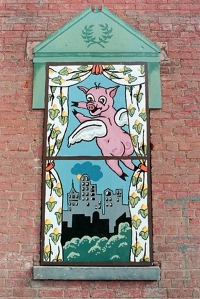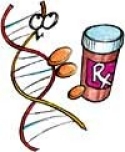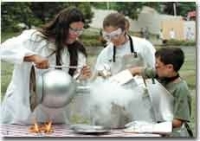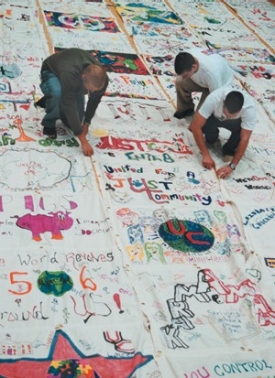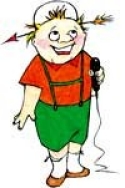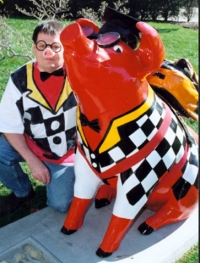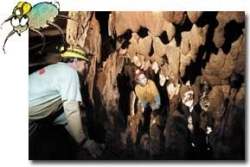All work and play
Four UC students who spent their days hanging around playgrounds got little sympathy at home when claiming to have a hard day on the job. But now they are reaping respect.
Applying their artistic endeavors to a canvas called Over-the-Rhine, the students did more than splash on a fresh coat of paint. Cincinnati's inner city neighborhood now has images of flying pigs on windows, colorful stripes swirling around playground equipment, signs guiding shoppers to the historic Findlay Market, benches located at two playgrounds and the market, and totem-pole-like sculptures sprouting six feet tall from four different locations in the area.
The prolific UC students spent the summer working with 13 local teens on a project led by Frank Russell, director of UC's Community Design Center, and Traci Rigaud, program coordinator. Russell describes the setting as rich with "historic buildings, talented people, cultural assets" and "physical vigor" -- all of which made a good match for the students' "energy, enthusiasm and talent."
The project was funded by UC, the Ohio Arts Council and the Citizens Committee for Youth.
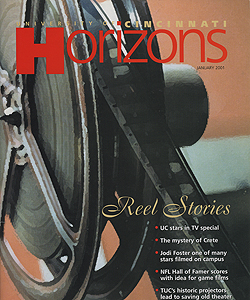
 Past Issues
Past Issues